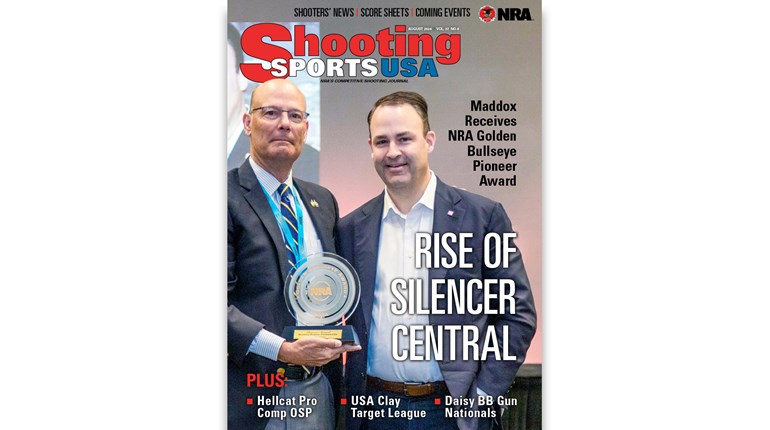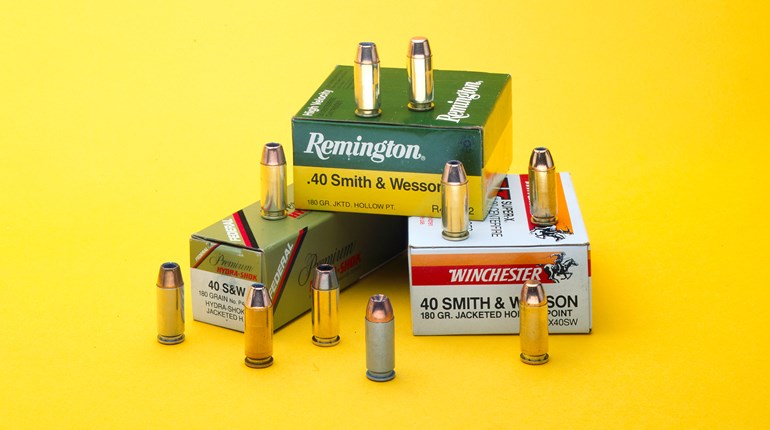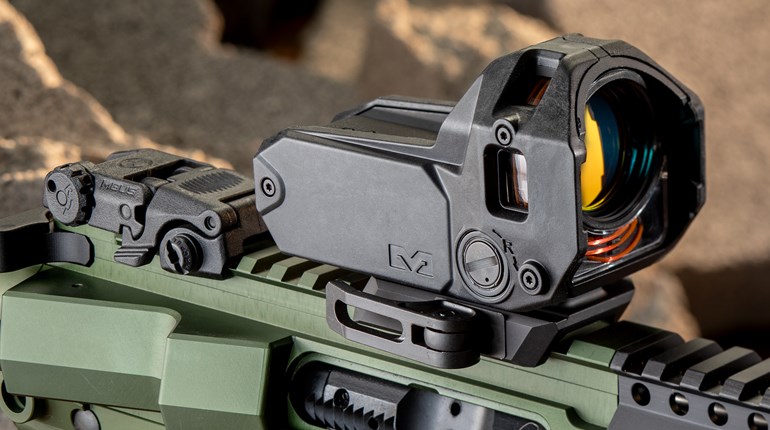
Image courtesy of FBI/NICS.
The National Shooting Sports Foundation (NSSF) estimates gun sales were up 10 percent in September 2019 compared to the same period last year. The figure is based on the FBI’s raw National Instant Criminal Background Check System (NICS) numbers for the month and estimated after discounting carry permit volume and other administrative use of the system. Small Arms Analytics & Forecasting (SAAF) put the figure slightly higher at 10.7 percent.
The news comes on the heels of August’s increase of roughly 16 percent. May, June and July 2019 enjoyed modest gains at 0.7, 3.8 and 1.6 percent, respectively, according to SAAF.
NSSF’s third quarter adjusted figures reflected an increase of 9.1 percent compared to the same three-month volume last year. SAAF Chief Economist Jurgen Brauer said in an Oct. 3 press release, “…the industry will be pleased, having seen excellent sales numbers in August and September that have brought this year’s year-to-date unit sales just 100,000 units short of last year’s sales-to-date (Jan. to Sept. 2018).”
Figures released by SAAF drilled deeper into September’s sales estimate by category. “…September 2019 U.S. firearms sales at 1,064,579 units, a year-over-year increase of 10.7% from September 2018,” it wrote in the release. “Likely handgun sales (536,306) increased year-over-year by 11.6% while single long-gun sales (439,468) increased year-over-year by 7.2%. All other likely background check-related sales (88,805) increased year-over-year by 24.7%.
NSSF cautioned in its report that, “It should be noted that these statistics represent the number of firearm background checks initiated through the NICS. They do not represent the number of firearms sold or sales dollars. Based on varying state laws, local market conditions and purchase scenarios, a one-to-one correlation cannot be made between a firearm background check and a firearm sale.
An estimated all-time sales record was set in 2016, when 15.7 million firearm purchases took place in the United States. The number dropped to a “new norm” of 14 and 13.1 million in subsequent years.





































